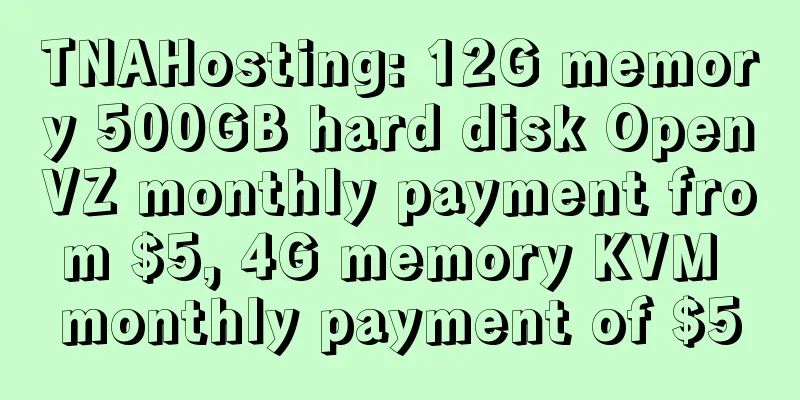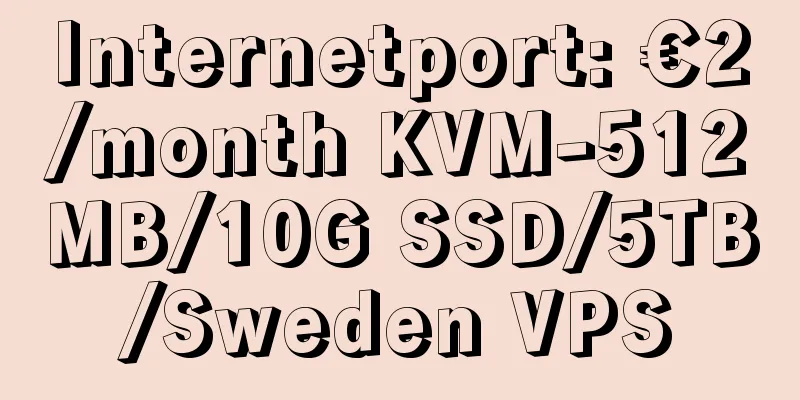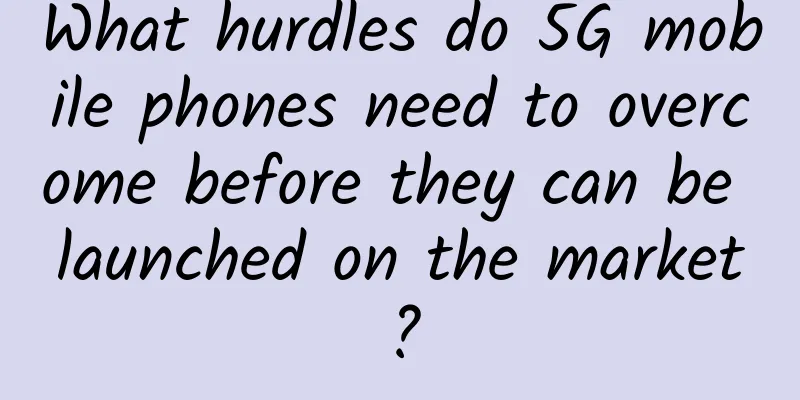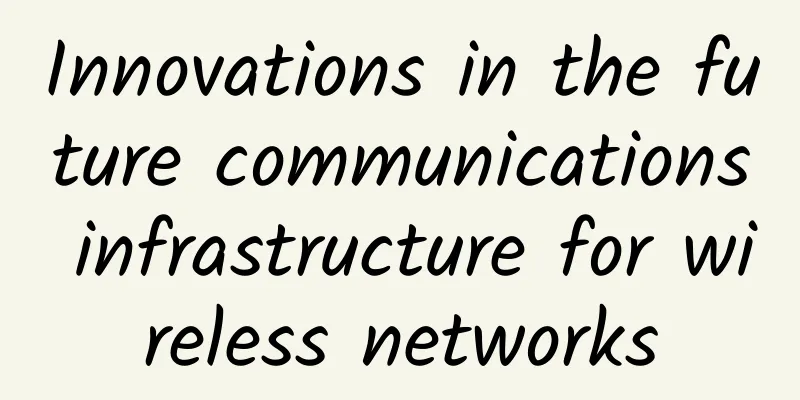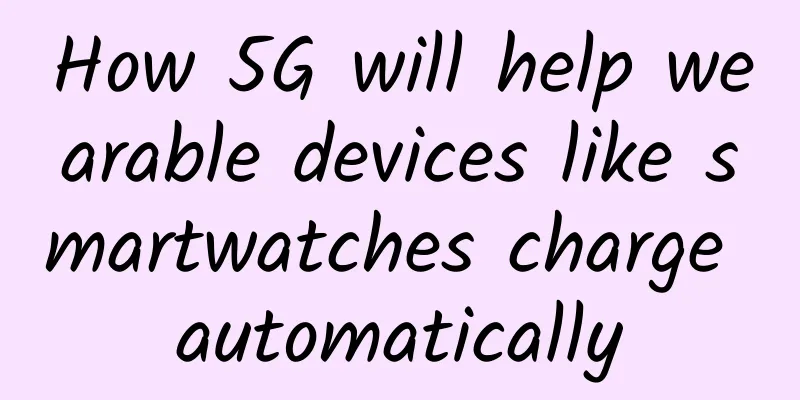In-depth analysis of the seven major communication protocols of IOT
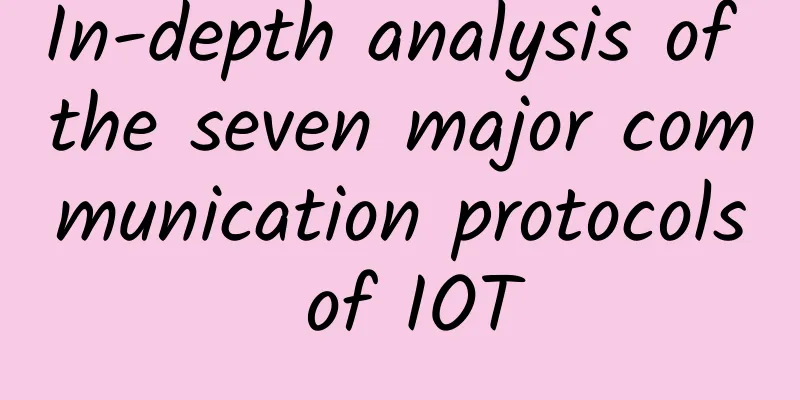
|
In the Internet of Things protocol, it is generally divided into two categories, one is the transmission protocol and the other is the communication protocol. The transmission protocol is generally responsible for the networking and communication between devices in the subnet; the communication protocol is mainly a device communication protocol running on the traditional Internet TCP/IP protocol, responsible for the data exchange and communication of devices through the Internet. So what are the communication protocols of the Internet of Things?
1. REST/HTTP (loosely coupled service calls) REST, or representational state transfer, is a communication style developed based on the HTTP protocol. Scope of application: REST/HTTP is mainly used to simplify the system architecture in the Internet, quickly realize the loose coupling of the interaction between the client and the server, and reduce the interaction delay between the client and the server. Therefore, it is suitable for the application level of the Internet of Things. Through REST, resources in the Internet of Things can be opened to realize the service call by other applications. Features:
2. CoAP Protocol CoAP (Constrained Application Protocol) is a constrained application protocol used in wireless sensor networks. Scope of application: CoAP is a RESTful API that simplifies the HTTP protocol. CoAP is an application layer protocol in the 6LowPAN protocol stack. It is suitable for IP networks with limited resource communications. 3. MQTT protocol (low bandwidth) MQTT (Message Queuing Telemetry Transport), an instant messaging protocol developed by IBM, is a communication protocol that is more suitable for IoT scenarios. The MQTT protocol adopts a publish/subscribe model. All IoT terminals are connected to the cloud through TCP. The cloud manages the communication content of each device through topics and is responsible for forwarding messages between devices. Scope of application: Provide data transmission and monitoring of remote devices based on cloud platforms under low-bandwidth and unreliable networks. 4. DDS protocol (high reliability, real-time) DDS (Data Distribution Service for Real-Time Systems) is a data distribution service for real-time systems. Scope of application: Distributed high reliability, real-time transmission equipment data communication. Currently, DDS has been widely used in defense, civil aviation, industrial control and other fields. 5. AMQP Protocol (Interoperability) AMQP (Advanced Message Queuing Protocol) is an advanced message queue protocol used for data exchange in business systems such as PLM, ERP, MES, etc. Scope of application: It was first used in transaction messaging between financial systems. In IoT applications, it is mainly used for communication and analysis between mobile handheld devices and back-end data centers. 6. XMPP protocol (instant messaging) XMPP (Extensible Messaging and Presence Protocol) is an extensible messaging and presentation protocol, an open source network instant messaging protocol produced by an organization. Scope of application: Instant messaging applications can also be used in network management, games, remote system monitoring, etc. 7. JMS JMS (Java Message Service) is a well-known message queue protocol in the JAVA platform. The Java Message Service (JMS) API is a message-oriented middleware (MOM) API in the Java platform. It is used to send messages between two applications or in a distributed system for asynchronous communication. The Java Message Service (JMS) is an API that has nothing to do with a specific platform. Most MOM providers support JMS. Focus of protocol application Taking smart home as an example, the smart lighting control in the smart home can use the XMPP protocol to control the switching of lights; the power supply of the smart home and the monitoring of the engine group of the power plant can use the DDS protocol; when electricity is transmitted to thousands of households, the inspection and maintenance of power lines can use the MQTT protocol; the power consumption of all electrical appliances in the home can be transmitted to the cloud or home gateway for analysis using the AMQP protocol; finally, if users want to publish their own energy consumption query services on the Internet, they can use REST/HTTP to open API services. |
<<: One article explains what is VLAN, Layer 3 switch, gateway, DNS, subnet mask, MAC address
>>: What is the difference between FTP and SFTP?
Recommend
SSL/TLS protocol for secure Internet of Vehicles communications
Preface As car travel becomes increasingly intell...
Unleashing the potential of 5G: 5G millimeter wave enters the commercial sprint stage
2021 is the year when 5G will be popularized at a...
What the hell are the three-way handshake and the four-way wave?
[[382042]] This article is reprinted from the WeC...
Kurun: $59/year - China Telecom CN2 GIA/China Unicom CUII9929/China Mobile CMIN2 line, 2GB/40GB/500M bandwidth
Kurun was founded in 2019 and is a member of ARIN...
The official version of PCI-E 4.0 specification is here! Bandwidth doubled again
At the Hot Chips conference, PCI-SIG said it woul...
Introduction to message middleware series - functions and protocols
Author: Ge Xianliang, unit: China Mobile Smart Ho...
A few pictures, take down HTTPS
[[374308]] This article is reprinted from the WeC...
RackNerd: San Jose data center VPS promotion starting at $11.88/year
A week ago, we shared RackNerd's promotional ...
Huawei aims to be a smart city incubator providing basic energy
During the just concluded National People's C...
[Black Friday] RAKsmart top up $10 and get $10/top up $50 and get $30/top up $100 and get $50, VPS hosting starts from $0.99/month, cloud server starts from $2.49/month
RAKsmart Black Friday special offer is here, new ...
5G development is not going smoothly, the number of fake 5G users has become the mainstream, and the three major operators have become the "root of the problem"
As we all know, Huawei's 5G technology is the...
E-Dianbao CEO Rulai Chen Tao tells you that the reason behind being No.1 is that he has been focusing on one thing for 13 years
[51CTO.com original article] The interview with C...
ABI: Massive MIMO improves capacity and availability in 5G operator speed tests
[[425783]] For years, there has been a debate ove...
New enterprise video conferencing strategies must go beyond meetings
Today’s workflows are increasingly digital, and v...
The role of edge computing and 5G in healthcare
Technology has changed the way we conduct diagnos...
